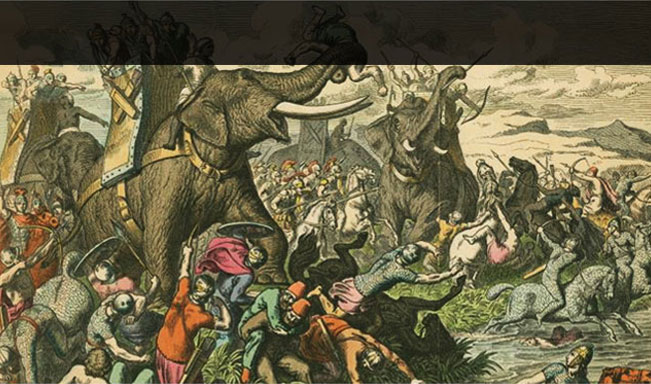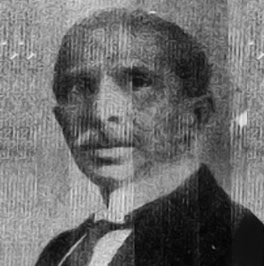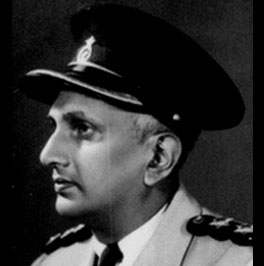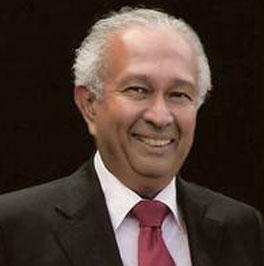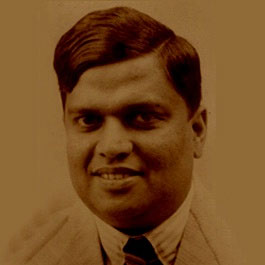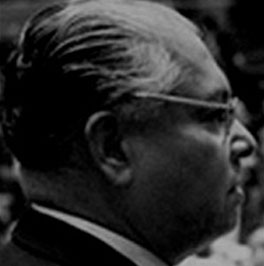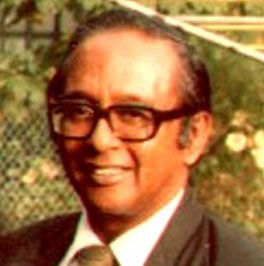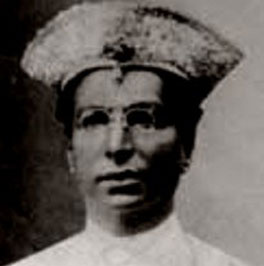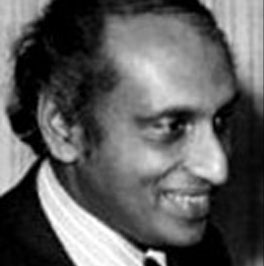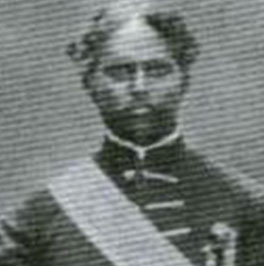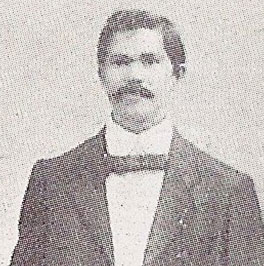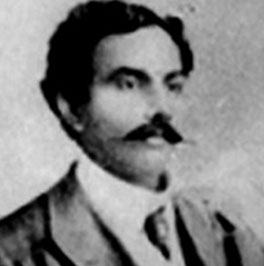The Edirimana Corea Family
Chilaw, the coastal town 80 km north of Colombo came to be reputed for its three C's - Corea's, Crabs and Coconuts. The Corea's, though widely associated with the town, were not originally natives of Chilaw, but a Sinhalese family which came to settle in Chilaw towards the end of the Portuguese Era of Ceylon. The family has retained the 'Corea' surname adopted by an ascendant when he converted to Christianity during the Portuguese period. The history of the family extends beyond this period design own t-shirt.
jimmy choo outlet
King Parakramabahu-VI, was the last great King of Sri Lanka to rule the entire country. When Sri Rahula wrote the `Selalihina Sandesaya', it is said, that he prayed that Ulukudaya Devi, the daughter of King Parakramabahu-VI, be given a son. That son was Jayabahu-II, whose daughter Abarawathi married Ranamuka Bandara. Ranamuka Bandara was a descendant of Buvenaka Bahu Epa, the son of Buvenaka Bahu-IV, King of Gampola. Buvenaka Bahu Epa, having accompanied Alakeswara in his campaigns, finally settled in Kotte. The Coreas of Chilaw, are the descendants of Buvenaka Bahu Epa, a warrior who accompanied Alakeswara in his campaigns to finally settle in Kotte, and his descendent, Ranamuka Bandara.
Ranamuka Bandara and Aberawathie were blessed with two sons, Ranamuka Aratchi and Edirilla Aratchi, officers in the Sinhala Army. Edirilla Aratchi converted to Christianity and was baptized as Emanuel Corea. His son, Jeronimo Corea was the 'Interpreter' and `Colombo Aratchi' to King Don Juan Dharmapala. Jeronimo Corea and his wife Anna Devi had two sons, Dominicus and Simon. Born in 1565 AD, Dominicus and his brother Simon grew up in the precincts of the palace, by virtue of the position held by their father. Jeronimo Corea was assassinated by Rajasinghe the son of Mayadunna, King of Sitawaka. The brothers Dominicus and Simon were sent Colombo for their safety and grew up with the young prince Konnapu Bandara, who later ruled the Kandyan Kingdom as King Wimaladharmasuriya-I .
In time, Dominicus Corea Vickramsinha Mudiyanse was elevated to the position of Commander-in-Chief of the Sinhalese Forces of King Dharmapala of Kotte, but subsequently rebelled against the Portuguese and King Dharmapala. He is credited with recovering the 'Tooth Relic' from a temple in Delgamuwa in Kuruwita and conveying it to his boyhood friend Wimaladharmasuriya (Konnapu Bandara), then King of Kandy .
Crowned King of Kotte and Sitawaka by King Wimaladharmasuriya-I, his coronation and wedding to the daughter of Edirimanasuriya Vidiya Bandara (King of the Seven Korales), is the only such event recorded in the annals of history held at the Kandy Maligawa. At this event, Dominicus took the name Edirimanasuriya. Thus it is, that the family union is called the 'Edirimana Corea Family Union'. Dominicus Corea is also referred to as Edirimanasuriya Edirilla Rala or Edirilla Bandara.
During his rebellion against King Dharmapala and the Portuguese, Dominicus fought many battles, but was finally betrayed and captured. He was brought to Colombo in chains, tortured and interrogated for forty days, mainly to recover his treasure. Bento Da Silva, a soldier and Magistrate of De Azvedo's time, records that before his execution on the 14th of July 1596, in the 31st year of his age, Dominicus Corea mounted the stage with a calm mien replicas de relojes españa and firm tread, to address the gathering before his execution. Cutting off first his hands, he was beheaded and the body then quartered.
The family carrying the surname 'Corea' that later settled down in Chilaw, comprised the descendents of Dominicus Corea www.mytshirtsdesigns.com.
Historian, Kumari Jayawardena observes that in colonial times, members of the Corea family in Chilaw were mainly important landowners, professionals and political activists, who unlike several other leading families of Ceylon were unconnected to the liquor trade. She describes the family as an influential goyigama group, whose members gave leadership and agitated for political reforms, campaigned and spoke up against the colonial government for peasant rights and against British land policies that were detrimental to the people of Ceylon.
After Ceylon gained independence from colonial rule, several of the family's members have continued to make substantial and notable contributions to the public and professional life of the country. Some have served at international level.
The Dominicus Corea Commemorative Pillar at Kotte
It was on the 16th of March 1982, that a memorandum by the Edirimana Corea Family Union, signed by Wimala Corea, Kumar Corea, Sri Sangabo Corea, Chas. A. Ernest Corea and Henri Corea was addressed to the country's first Executive President, J. R. Jayewardene. It contained a request that the Kotte-Mirihana Road be named `Corea Mawatha', in consideration of the long association of more than three centuries the family had with Kotte and the historically recorded exploits of Dominicus Corea in the service of his country. The Corea family's association with Kotte was explained thus, by the committee: Jeronimo Corea (great-great-grandson of King Jayabahu-II of Gampola) who was the Interpreter to King Don Juan Dharmapala, resided close to the Kotte Road and Raja-mahaviharaya Road, as did his father Emanuel Corea, grandfather Edirilla Aratchi and great-grandfather Ranmuke Aratchi. The land on which the family soldiers and retainers were then quartered, almost at the junction of Kotte Road and Nugegoda Road, is known today as Edirigoda Place. This property now belongs to the descendants of Mudaliyar Bulathsinhala, whose family received it as dowry, when an ancestor married a daughter of Simon Corea. History books written on the Portuguese Era by accepted historians, document the exploits of the two brothers Dominicus and Simon. The Corea/s came to own more property in Kotte during the period of the Dutch, when Christofel Corea was appointed Pandicare Mohandiram and purveyor to the Kandyan Embassy by the Dutch Governor Van De Graf, on the 20th of March 1788. He was gifted all the fields extending from Kotte to Borella and the use of certain trees between St. Sebastian in the Pettah and Kotte.
The Government of President Jayewardene was taken up with the idea to capture the imagination of the public and as a means of reflecting the lost grandeur of Kotte, now Sri Jayewardenepura, the Capital of Sri Lanka. The Government decided that rather than naming a road, a fitting monument be erected in memory of Dominicus Corea. A Cabinet Sub-Committee in June 1983, identified the Kotte Road–State Drive Junction as the most suitable site and instructed the Urban Development Authority to take action with regard to the location. The Archaeological Department was instructed to design the monument. A statue could not be erected, as there was no record of what Dominicus Corea looked like. President Jayewardene entrusted the task of erecting the memorial, to Anandatissa de Alwis, Minister of State and MP for Kotte. The Minister then contacted Sri Sangabo Corea, a personal friend, to liaise with the family union's committee, to make it a joint-project. The Department of Archaeology had no funds to commence work on the Commemorative Pillar and the family agreed to help collect the required funding. Minister Anandatissa de Alwis wrote to the members of the Corea family requesting them to contribute to make the project a reality, extolling the feats of Dominicus Corea. A sum of Rs. 85,000/-, donated by family members, friends and well-wishers, was handed to the Commissioner of Archaeology design t-shirt.
The foundation stone was laid on the 10th of July 1985, by the then Minister of State, Anandatissa de Alwis, who said, "There is no History Book whether written by a Portuguese, Dutchman an Englishman, or a Sinhalese regarding the Kotte Period, sans several pages describing the youth, the martial exploits, the marriage, the appointment as King of Kotte and Sitawaka and finally the terrible death that Dominicus Corea had at the hands of his Portuguese captors, due to his fierce fighting to defend and free his country from foreign domination. Trained from boyhood to warlike pursuits, Dominicus Corea was skilled in arms and was dreaded as one of the most expert swordsmen of his day. As the General of the Sinhalese Army, Dominicus Corea was referred to as the scourge of the Portuguese. He was such a threat to the Portuguese, that ultimately when he was captured, his body was quartered and exhibited in the City as a warning to the Sinhalese people". (`Island' – by Suresh Mohamed). It was proposed that the unveiling of the Kotte Pillar be linked to the Ceremonial Opening of Parliament. The Sri Lankan Army, Navy and Airforce were to play a prominent role, with a march past and guard-of-honour. Invitees to the opening ceremony, were to include parliamentarians, members of the diplomatic corps, religious dignitaries and the service commanders, as special invitees. It was proposed that a 21-Gun Salute would enhance the ceremony, with a helicopter showering jasmine flowers as soon as the Pillar was unveiled. President J. R. Jayewardene was to deliver the key-note address, with live coverage by the print and electronic media. A booklet titled 'A National Hero from Kotte' was published by the Department of Information and printed at the Government Press, to be distributed among school children.
As news of this project came to light, the Buddhist Clergy, the Kotte Urban Council, one Almon Pieris and one Douglas Ranasinghe of Kotte, raised objections on the grounds that Dominicus Corea was not the hero he was made out to be. A resolution submitted by the Leader of the Opposition in the Kotte Urban Council, Morris Rajapakse, called upon the Government to stop the construction of a memorial dedicated to a person who had no links at all to Kotte, or was never mentioned in the History of Ceylon. The monthly sittings were chaired by Chandra D. Perumpuli and the motion was passed unanimously by both sides of the House. During the debate, Perumpuli stated that this block of land had been requested for, to construct a statue of the Buddha, but approval was refused. This was a localized issue with a few articles written, for and against the project. It was apparent that many (including journalists) were not aware of the historically documented facts pertaining to Dominicus Corea, or that it was he who collected the sacred Tooth Relic from a temple in Delgamuwa and conveyed it to his boyhood friend Konnapu Bandara, then Wimaladharmasuriya-I, King of Kandy. The Tooth Relic was at the time, hidden at the Delgamuwa temple by the Buddhist clergy, to protect it from the Portuguese and King Dharmapala of Kotte who had become a Roman Catholic.
On the 9th of December 1985, Anandatissa de Alwis, Minister of State informed Henri Corea in writing, that "There has been a strong protest from the members of the Maha Sangha in Kotte and Bellanwila pertaining to the erection of a memorial for Edirille Rala" and I am enclosing a photocopy of a note sent to me by the Ven. Dr. Bellanwila Wimalaratana, on Edirille Rala high-end t-shirt customization. It would not be prudent to go ahead with this project in the face of such opposition". Thereafter, on the 6th of January 1986, he informed Henri Corea by a letter that the Cabinet of Ministers had rescinded their decision to have the memorial named after Dominicus Corea, and that in the alternative, his name could be included on a list commencing with Bhuvenekabahu.
At a subsequent meeting held on the 17th of February 1986 at the Bellanwila Temple and chaired by Minister Anandatissa de Alwis, the Corea family was represented by Henri Corea, Danny De Alwis and Sri Sangabo Corea. An agreement was reached, after Henri Corea quoting historical chapter and verse, refuted the claims that Dominicus Corea did not deserve to be felicitated as a hero. It was then agreed that the names of Parakrama Bahu-V, Alakeswara, Bhuvenaka Bahu-VI (Sapumal Kumaraya) orologi replica italia and Dominicus Corea would be reflected on the plaque. On the 9th of October 1986, the office of the District Minister of Colombo returned the Rs. 85,000/- that was collected by the Corea family towards construction of the Pillar.
Sometime later, the family was informed that a decision was taken to name the Pillar in memory of `All Heroes of Kotte'. Finally, consequent to a change of Government, the land adjoining the memorial was declared open as a children's playground, and later, then Minister Mangala Samaraweera unveiled a Plaque on the Pillar that referred to the "Heroes of Kotte".
In a series of episodes titled 'Mahawansa Kathawa' based on the history of Ceylon (presented by reputed film personality Jackson Anthony) and aired over the 'Swarnavahini' television channel, the Ven. Medananda Ellawela Thero, speaking on the Kotte Era, described Dominicus Corea as a true Hero of Ceylon, who turned against the Portuguese and his King, because he could not bear to see what was being done to his people. The panel, comprising the Ven. Medanada Ellawela Thero, J. R. P. Sooriyaperuma and several other reputed historians, were unanimously of the opinion that Dominicus Corea was a true patriot and hero of Sri Lanka.
Dominicus Corea or Edirille Bandara was a strong personality who figured in the history of Ceylon. He was raised as a Roman Catholic and later renounced the faith when he revolted against the Portuguese. The fact that he converted back to Christianity in the face of death was deliberately exploited by the Portuguese, who understanding well the general Sinhala-Buddhist psyche, knew that he would be rejected. It was a subtle revenge indeed, against a person who was described as a scourge to the Portuguese. Even though as observed by John M. Seneviratne, he never expressed any regret for taking arms against the Portuguese to the very end, the exploits of Dominicus Corea to rid the country of the Portuguese, conveying of the sacred tooth relic to Kandy (which possibly saved it from destruction) and that he paid the ultimate price for his rebellion, were downplayed then, and continues to be so, even to-date. The Pillar constructed to be dedicated as a memorial to Dominicus Corea, is now a Buddhist Shrine.
CORRESPONDENCE BETWEEN THE GOVERNMENT, GOVERNMENT DEPARTMENTS AND THE COREA FAMILY ARE IN THE POSSESSION OF THE EDIRIMANA COREA FAMILY UNION
|
|
| |
| |
|
